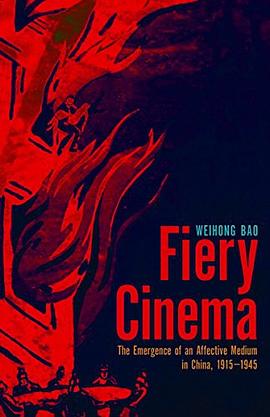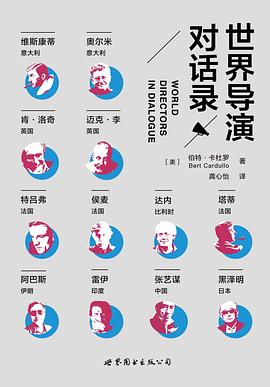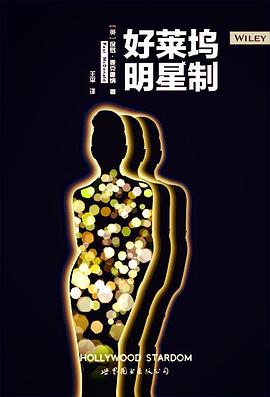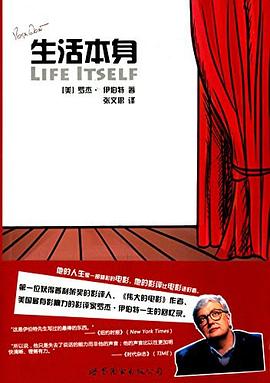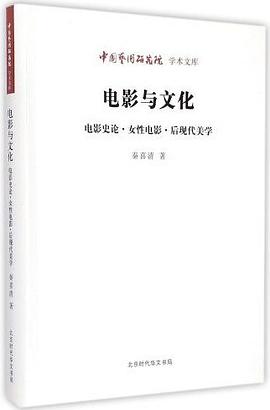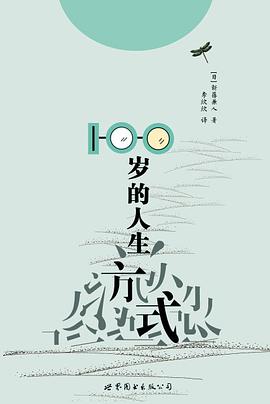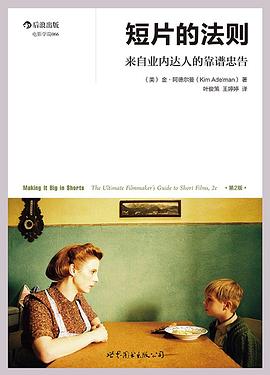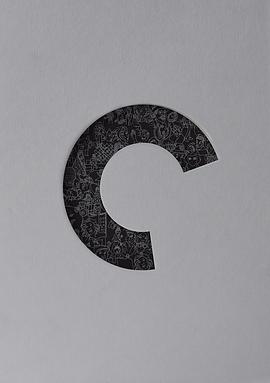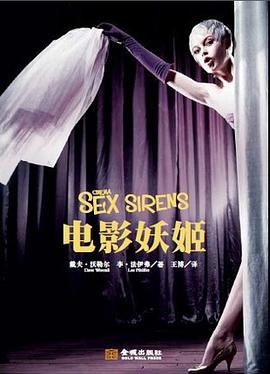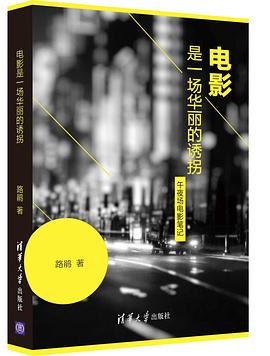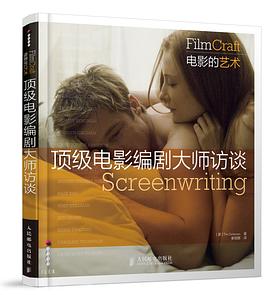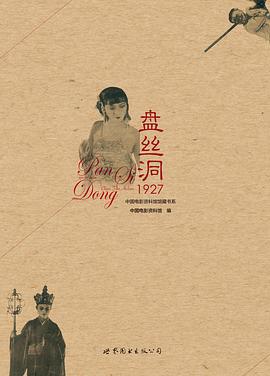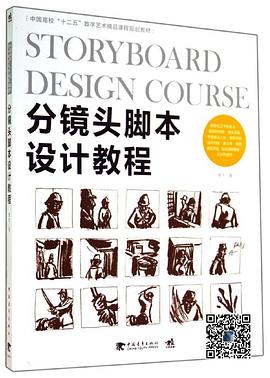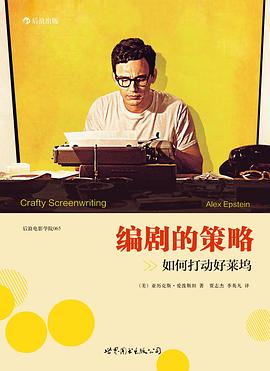
具體描述
Weihong Bao is assistant professor of film and media and Chinese studies at the University of California, Berkeley.
What was cinema in modern China? It was, this book tells us, a dynamic entity, not strictly tied to one media technology, one mode of operation, or one system of aesthetic code. It was, in Weihong Bao’s term, an affective medium, a distinct notion of the medium as mediating environment with the power to stir passions, frame perception, and mold experience. In Fiery Cinema, Bao traces the permutations of this affective medium from the early through the mid-twentieth century, exploring its role in aesthetics, politics, and social institutions.
Mapping the changing identity of cinema in China in relation to Republican-era print media, theatrical performance, radio broadcasting, television, and architecture, Bao has created an archaeology of Chinese media culture. Within this context, she grounds the question of spectatorial affect and media technology in China’s experience of mechanized warfare, colonial modernity, and the shaping of the public into consumers, national citizens, and a revolutionary collective subject. Carrying on a close conversation with transnational media theory and history, she teases out the tension and affinity between vernacular, political modernist, and propagandistic articulations of mass culture in China’s varied participation in modernity.
Fiery Cinema advances a radical rethinking of affect and medium as a key insight into the relationship of cinema to the public sphere and the making of the masses. By centering media politics in her inquiry of the forgotten future of cinema, Bao makes a major intervention into the theory and history of media.
用戶評價
##It traces the permutations of the affective medium to rethink cinema connected to the artificial production of affect central 4 the consolidation of media institutions and the formation of mass publics. 3 dispotifs: resonance (火燒片+tech), transparency (玻璃建築) and agitation(說教片作為utopian media infrastructure,三城記)。Hypnotism-telepathy-tele-vsion部分神。
評分 評分 評分##用伯格森哲學和媒介考古學的方法來做(早期)中國電影史,相信包不隻是齣於熱愛,還包括以下幾點原因:早期電影拷貝丟失嚴重,文本分析無能,隻能考察觀眾的接受;同時,以符號學、精神分析為主的電影分析方法,在漢森和岡寜的努力下,於早期電影研究中已成為明日黃花,師承漢森的包肯定受此影響;再有便是對於早期這個概念的顛覆——早期電影在大陸官方電影史研究中一般指建國前的電影,政治意味很濃,左翼和非左翼的劃分由此而來。想要突破這一固結的二元對立,就從美學意象和技術麵嚮進行“再組織”,最後要質疑早期這一概念。基於白話現代主義的研究思路,也強調“身體性”和感官,即“體驗”,這樣的話,聯係到“情動”便不奇怪。包重書電影史的靈光時有時無,對媒介、宣傳這些概念的理解還是不夠深。章四寫左翼電影與建築透明性的關係不錯。
評分 評分##重寫中國電影史和媒介史。低調,紮實,漂亮。
評分 評分##膜拜?
評分相關圖書
本站所有内容均为互联网搜索引擎提供的公开搜索信息,本站不存储任何数据与内容,任何内容与数据均与本站无关,如有需要请联系相关搜索引擎包括但不限于百度,google,bing,sogou 等
© 2025 book.tinynews.org All Rights Reserved. 静思书屋 版权所有

